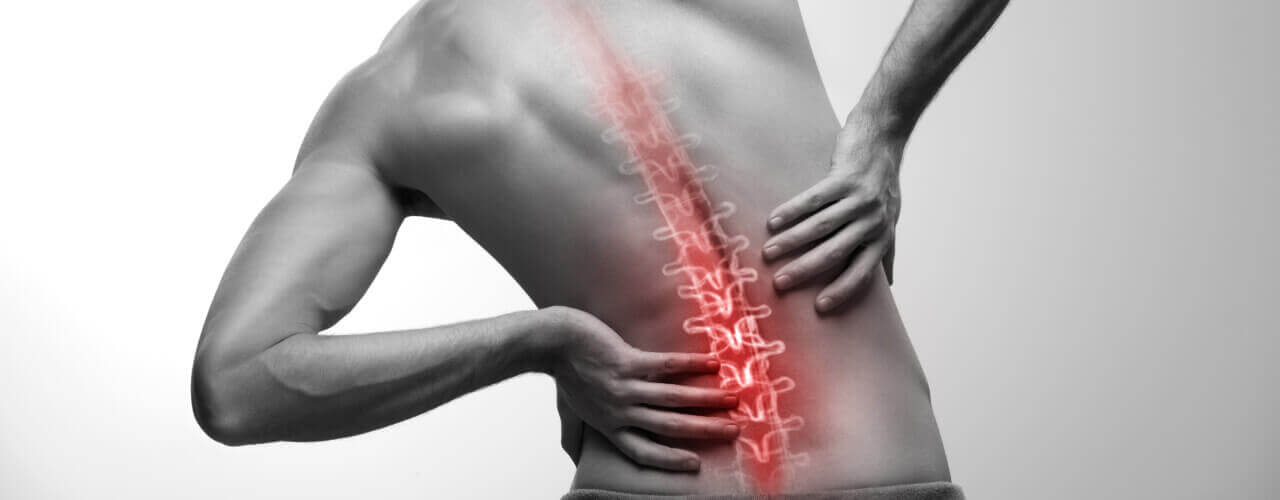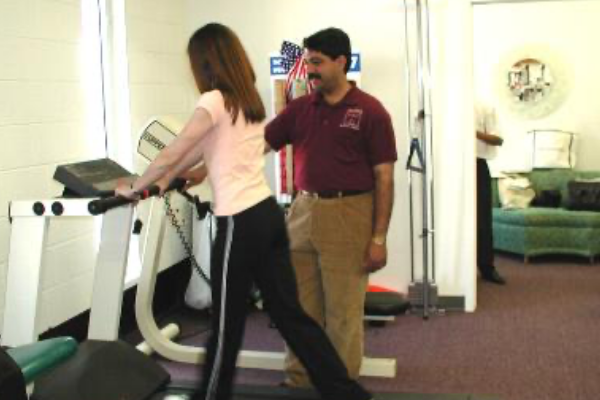Do You Know How to Identify a Herniated Disc?
It’s possible that you have a herniated disc if you’ve been suffering from chronic back pain. A herniated disc can place additional strain on the muscles and nerves around the spine.
Strange neck pains, back pains, or extremities symptoms can suggest a multitude of issues, including a herniated disc or several herniated discs. What can you do if you’re not sure if you have this problem?
Discomfort on one side of the body, pain radiating to the arms or legs, aching, burning sensations in the affected area, and pain with particular motions are all possible symptoms.
Physical therapy, fortunately, can help ease your herniated disc symptoms and get you moving again.
What is a herniated disc?
“Studies have indicated that genetic factors influence many, if not most of the diseases commonly encountered in clinical practice by physical therapists, such as a herniated disc. Genetics has been shown to play a role in end-plate herniations at 40-49 years of age.”
A set of bones make up the spinal column. There are seven bones in the cervical spine, five in the lumbar spine, and twelve in the thoracic spine. A gelatinous interior region and a strong outer ring make up each disc. A herniated disc occurs when the disc protrudes through the outer ring. Leading to chronic back pain in the form of numbness, soreness, and discomfort.
A herniated disc can be caused by a variety of circumstances. A herniated disc can be caused by certain motions such as turning or twisting. Another factor is lifting large objects. A herniated disc can also be caused by being overweight.
This is because the discs have to support more weight. Older people are at risk for a herniated disc. As we age, the discs begin to lose some of their protective water content. This causes the disc to slip more easily out of place.
Benefits of physical therapy for herniated disc pain
When it comes to recuperating from a herniated disc, physical therapy is crucial. A physical therapist uses a variety of treatments to alleviate pain and promote healing. Deep tissue massage, electromagnetic stimulation, and heat and cold therapy are just a few of the passive treatments available.
Due to a herniated disc, deep tissue massage applies pressure to ease spasms and deep muscular tension. Hot treatment improves healing by increasing blood flow to the damaged area. Inflammation is reduced by cold therapy. Electric nerve stimulation works by putting a little electric current along the nerve route to alleviate muscle spasms.
A physical therapist’s active treatments focus on joint movement, stability, flexibility, strength, and posture. To strengthen the back muscles, a physical therapist will teach you how to do core stabilizing exercises. You’ll also strengthen and condition your physique by doing body muscle workouts. In addition, a physical therapist will teach you proper stretching and flexibility exercises.
What does treatment look like?
Physical therapy is an effective treatment for herniated discs. One of our physical therapists will run diagnostic tests at your first consultation to discover the source of your discomfort and confirm that it is really caused by a herniated disc.
Once the source of your pain has been identified, a personalized treatment plan tailored to your unique needs will be developed for you.
This usually consists of a sequence of stretches and movements targeted at reducing discomfort, enhancing function, and supporting your body’s natural healing process. As your physical therapist sees fit, further treatments may be offered. These are some of them:
- Manual therapy
- Ice and heat therapies
- Traction
- Class IV laser therapy
- Transcutaneous electrical nerve stimulation (TENS)
- Education on posture and lifting mechanics
Your physical therapist will also advise you on any lifestyle changes that may be recommended in order to prevent herniated discs from developing again in the future.
Physical therapy is one of the safest, quickest, and most effective ways to treat herniated discs. It is a holistic and non-invasive approach that, in many cases, has been able to eliminate the need for harmful drugs or surgical intervention.
Call our clinic for treatment today!
If you’re suffering from back pain, physical therapy can help. To establish if you have a herniated disc, a physical therapist will perform a thorough examination and analyze your medical history.
A physical therapist will establish and administer a tailored treatment plan targeted to the affected area once a correct diagnosis has been obtained.
The goal of physical therapy is to help you attain an active and pain-free life. It’s helped thousands of others and can help you, too. Get on the road to recovery from your chronic back pain with physical therapy.




